We may earn money or products from the companies mentioned in this post. This means if you click on the link and purchase the item, I will receive a small commission at no extra cost to you ... you're just helping re-supply our family's travel fund.
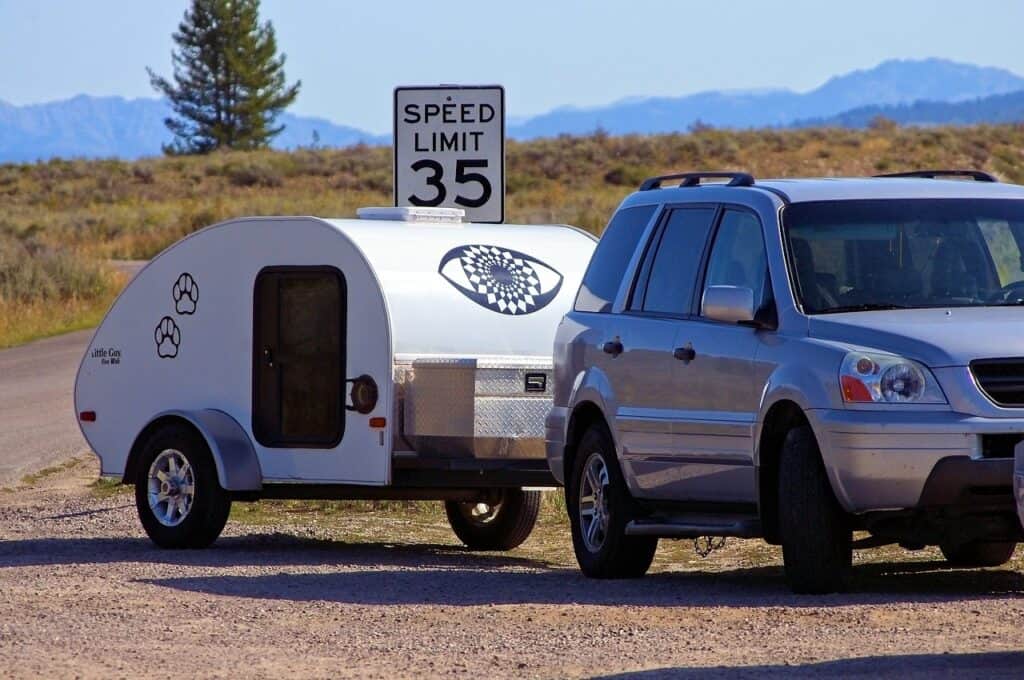
Towing an RV takes more than just hooking up and hitting the gas. Major mistakes—like overloading, misaligning the hitch, ignoring tire pressure, or using the wrong ball size—can damage equipment or cause accidents. Overworked engines, neglected brakes, poor weight distribution, incorrect hitch height, loose connections, and fast driving are common errors. Carefully checking setups, weight ratings, and connections before every trip helps ensure a safe, smooth journey.
1. Ignoring Your Vehicle’s Towing Capacity
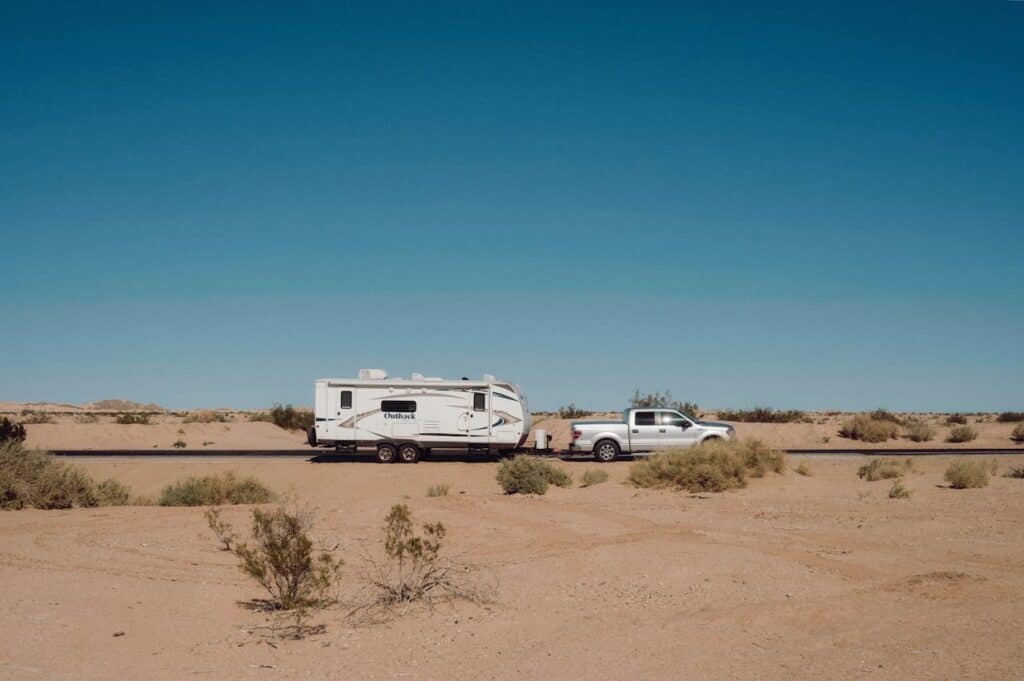
One of the most frequent mistakes RV owners make is assuming their vehicle can handle more than it actually can. Every truck or SUV comes with a maximum towing capacity, and pushing past that limit puts stress on the engine, transmission, and brakes. It’s not just about whether the vehicle can move the RV; it’s about whether it can stop it safely and keep control on turns or hills. Exceeding capacity also voids many warranties and can cause severe wear that shortens your vehicle’s life. Before you ever hitch up, check both your tow vehicle’s specifications and the loaded weight of your RV. Remember, the “dry weight” doesn’t include your gear, water, or supplies, which often adds hundreds of pounds.
2. Skipping Weight Distribution Checks
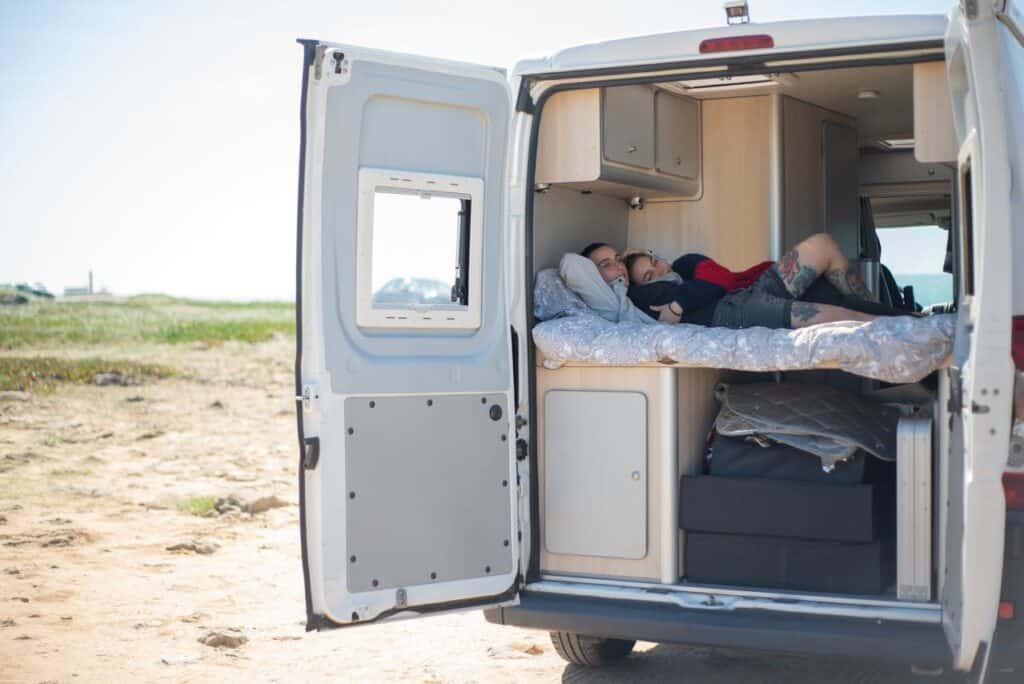
Even if your vehicle is within towing limits, uneven weight distribution can create big problems. Too much weight in the back of the RV reduces stability, making sway more likely. Too much weight at the front overloads the hitch and strains the tow vehicle’s rear suspension. Both situations hurt braking and steering control. Weight distribution systems and sway control devices exist for a reason: they balance the load across the axles and help keep everything steady. Make a habit of packing heavier items low and near the axle, then check that your hitch setup matches your RV’s size. This extra step can mean the difference between a smooth drive and a white-knuckle experience.
3. Forgetting Trailer Brakes and Brake Controllers
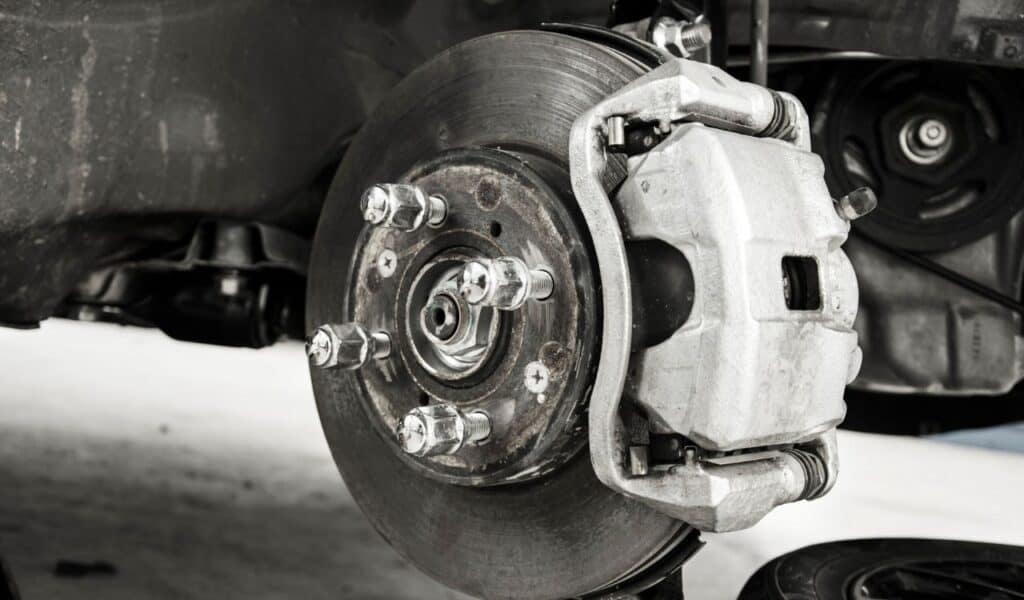
Some drivers hook up their RVs and assume the tow vehicle’s brakes will do the work. That’s a risky mistake. RVs that weigh more than 3,000 pounds often require their own braking system by law. A brake controller inside your tow vehicle ensures the trailer brakes engage when you press the pedal, which reduces stopping distance and prevents jackknifing. Skipping this step makes your brakes work overtime and increases your chance of losing control. Before every trip, test both the vehicle and trailer brakes. A quick check in a parking lot can save you from disaster on the highway.
4. Overlooking Tire Pressure and Condition
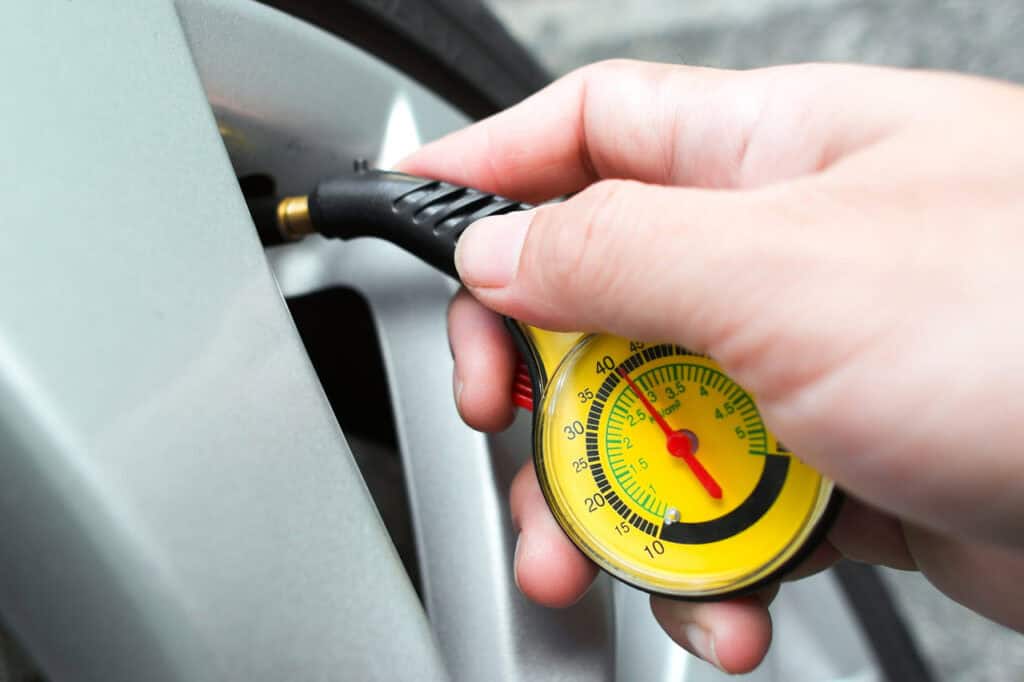
Tires on both your tow vehicle and RV are under extreme stress when towing. Low tire pressure increases heat buildup, which can cause blowouts at highway speeds. Overinflated tires wear unevenly and lose traction when you need it most. Old or cracked tires are even more dangerous because RVs often sit unused for months, which ages rubber faster. Always check pressure before leaving, and don’t forget the spare. A simple tire gauge and portable compressor can prevent hours stuck roadside waiting for a tow truck. Proper tire care isn’t just maintenance; it’s one of the easiest ways to stay safe.
5. Neglecting Mirror and Visibility Adjustments

Driving with an RV changes your field of vision dramatically. Standard vehicle mirrors often aren’t enough to cover blind spots when towing. If you skip installing extended side mirrors, you’re risking lane changes without a full view of surrounding traffic. RVs also block the rear window, so relying on a backup camera or wireless towing camera can make maneuvering safer. The point is simple: if you can’t see it, you can’t avoid it. Take the time to adjust mirrors before pulling out, and don’t be shy about adding equipment that gives you more awareness on the road.
6. Misjudging Turning Radius and Clearance
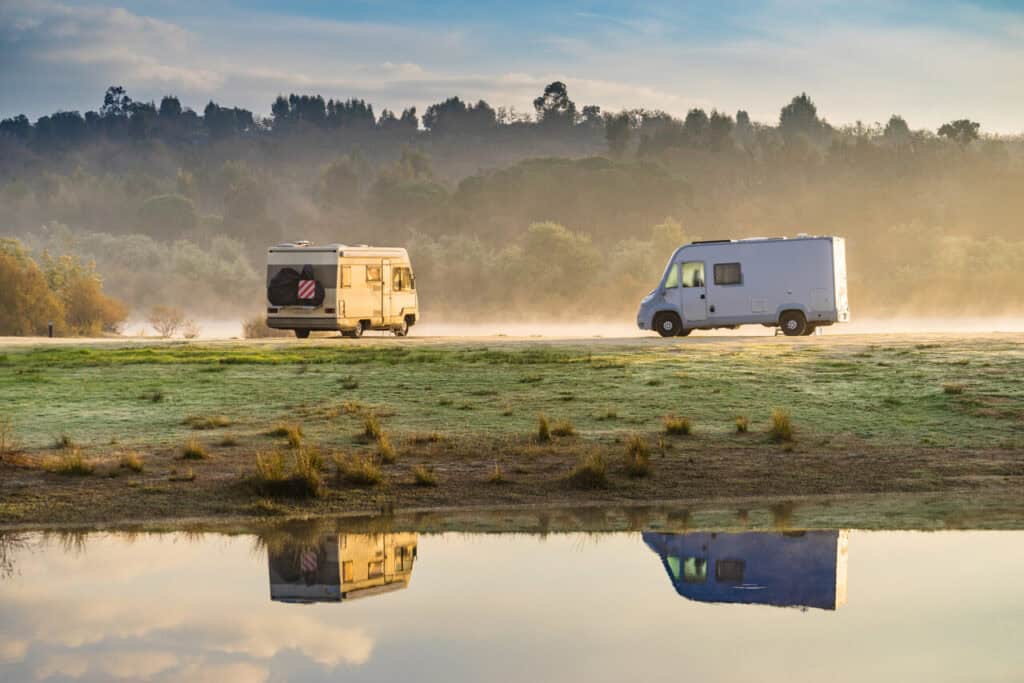
Many drivers forget that towing an RV changes how wide and long your vehicle handles. A turn you’d normally take with ease may clip a curb or swing the RV into traffic. Low bridges, tight gas stations, or narrow campground entrances can also cause trouble if you’re not careful about height and width. The fix is practicing wide turns, knowing your total height, and scouting routes that accommodate large vehicles. GPS apps designed for RVs can help you avoid clearance issues and restricted roads. A little route planning and spatial awareness goes a long way in preventing scrapes and accidents.
7. Rushing the Hitching Process
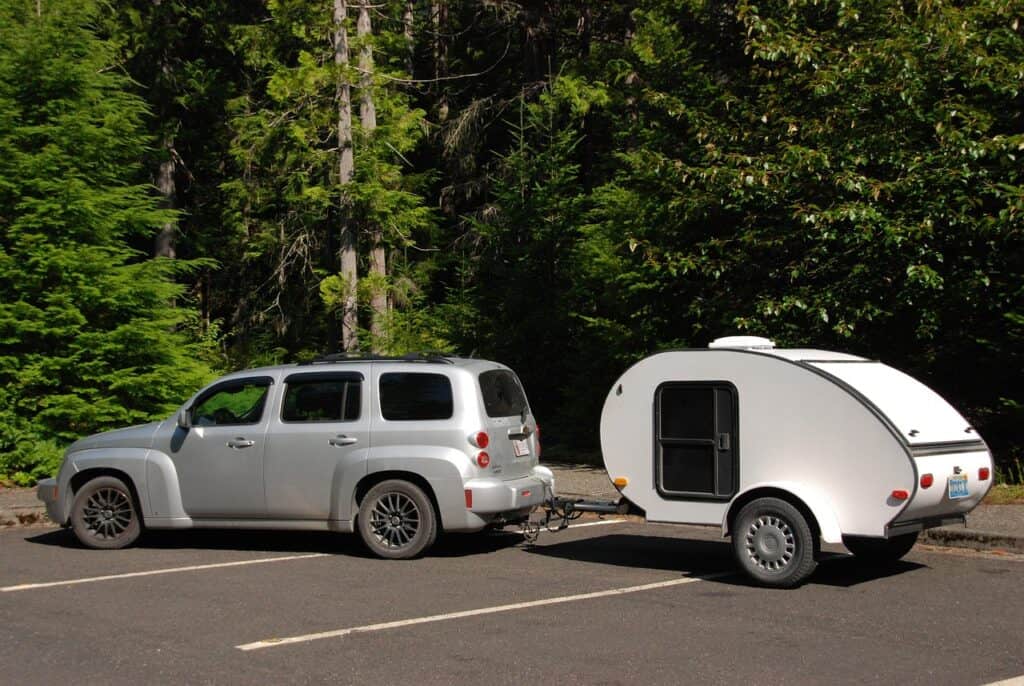
Hitching your RV is not the time to cut corners. A rushed connection increases the chance of a trailer separating on the road, which can be catastrophic. Common errors include failing to lock the coupler, skipping safety chains, or overlooking the electrical connection. Double-checking takes only a few minutes and prevents major headaches later. Many seasoned RVers even use a checklist so nothing gets missed in the rush to leave. Safety chains should cross under the hitch, not hang loosely, and electrical lines should be secure but not dragging. Attention to detail here is your strongest safety net.
8. Underestimating Stopping Distance

When you’re towing, your stopping distance increases dramatically. Yet many drivers don’t leave enough space between themselves and the car ahead. Slamming the brakes with an RV in tow can cause swaying, jackknifing, or even a collision. The key is adopting a slower, more patient driving style. Keep extra room, brake gradually, and use lower gears when heading downhill. Remember, towing isn’t just about power; it’s about control. The safest drivers are the ones who anticipate problems before they need to react.
9. Forgetting About Crosswinds and Weather Effects
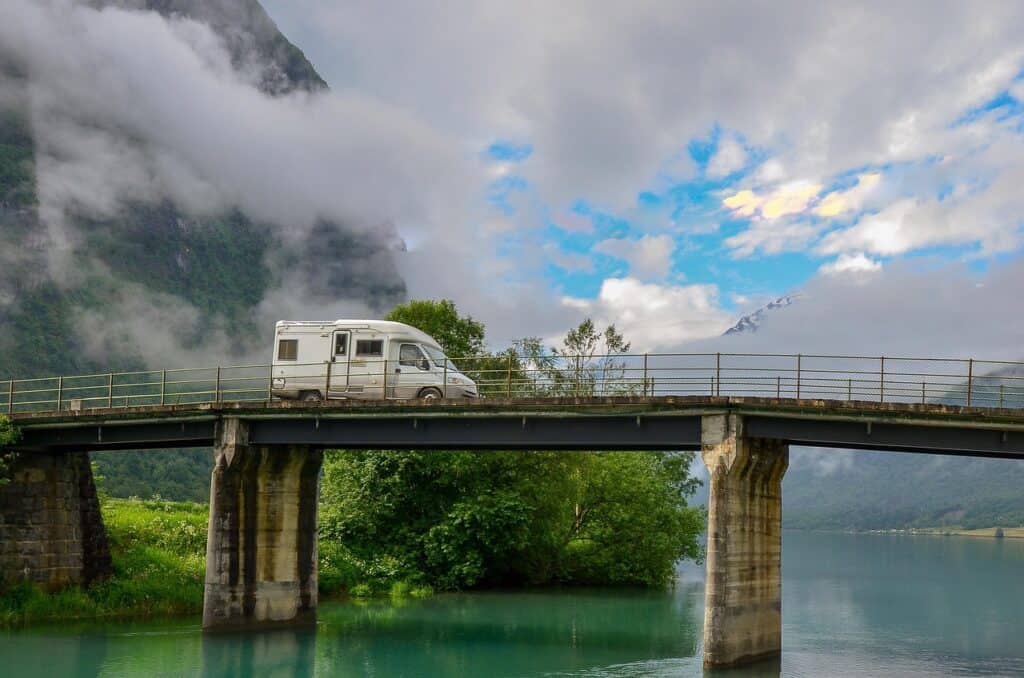
Strong winds, passing semis, and sudden storms can turn towing into a struggle if you’re not prepared. Many new RVers underestimate how much wind resistance affects stability. A gust can push the trailer sideways, forcing you to countersteer. If you’re going too fast, that sway can get out of hand quickly. The solution is slowing down, keeping a firm grip, and knowing when to pull over. Adding sway control devices also helps reduce movement in windy conditions. Weather awareness should always be part of your trip planning because the road feels very different when you’re towing.
10. Skipping Regular Maintenance Checks
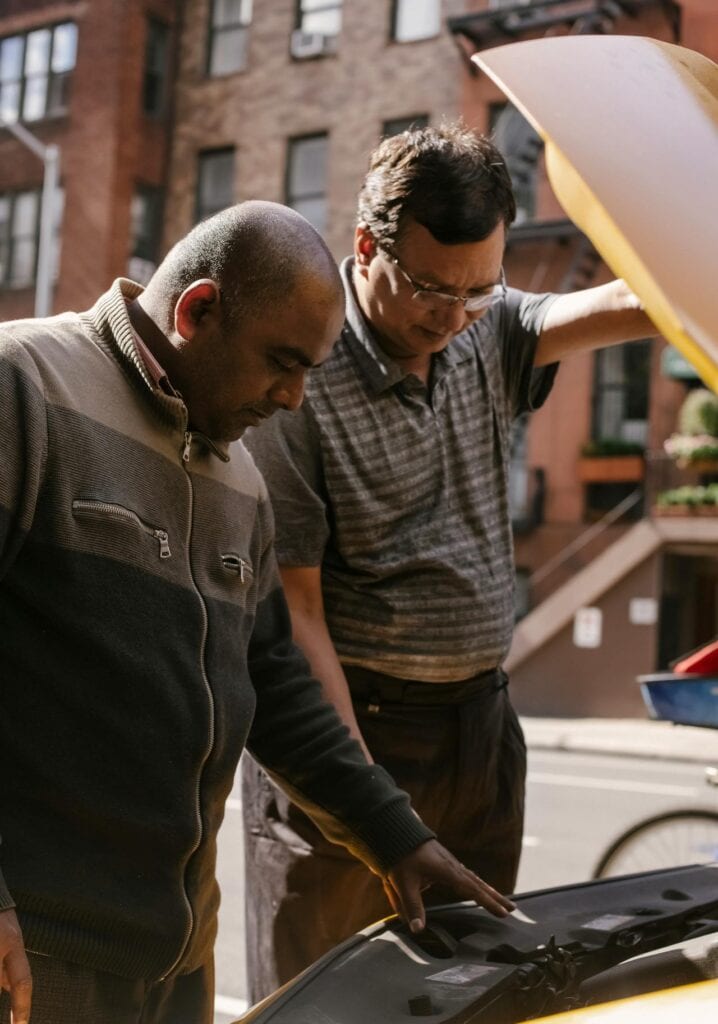
Finally, one of the biggest mistakes is treating your RV like it doesn’t need regular upkeep. From lights to wheel bearings, every part of the setup needs attention. A burned-out brake light means other drivers can’t anticipate your moves. Loose bolts on the hitch may work themselves free. Even the smallest oversight can snowball into a breakdown or accident. Make maintenance checks part of your pre-trip routine. Walk around the RV, test lights, inspect the hitch, and listen for anything unusual. Think of it as giving yourself peace of mind before you ever hit the highway.